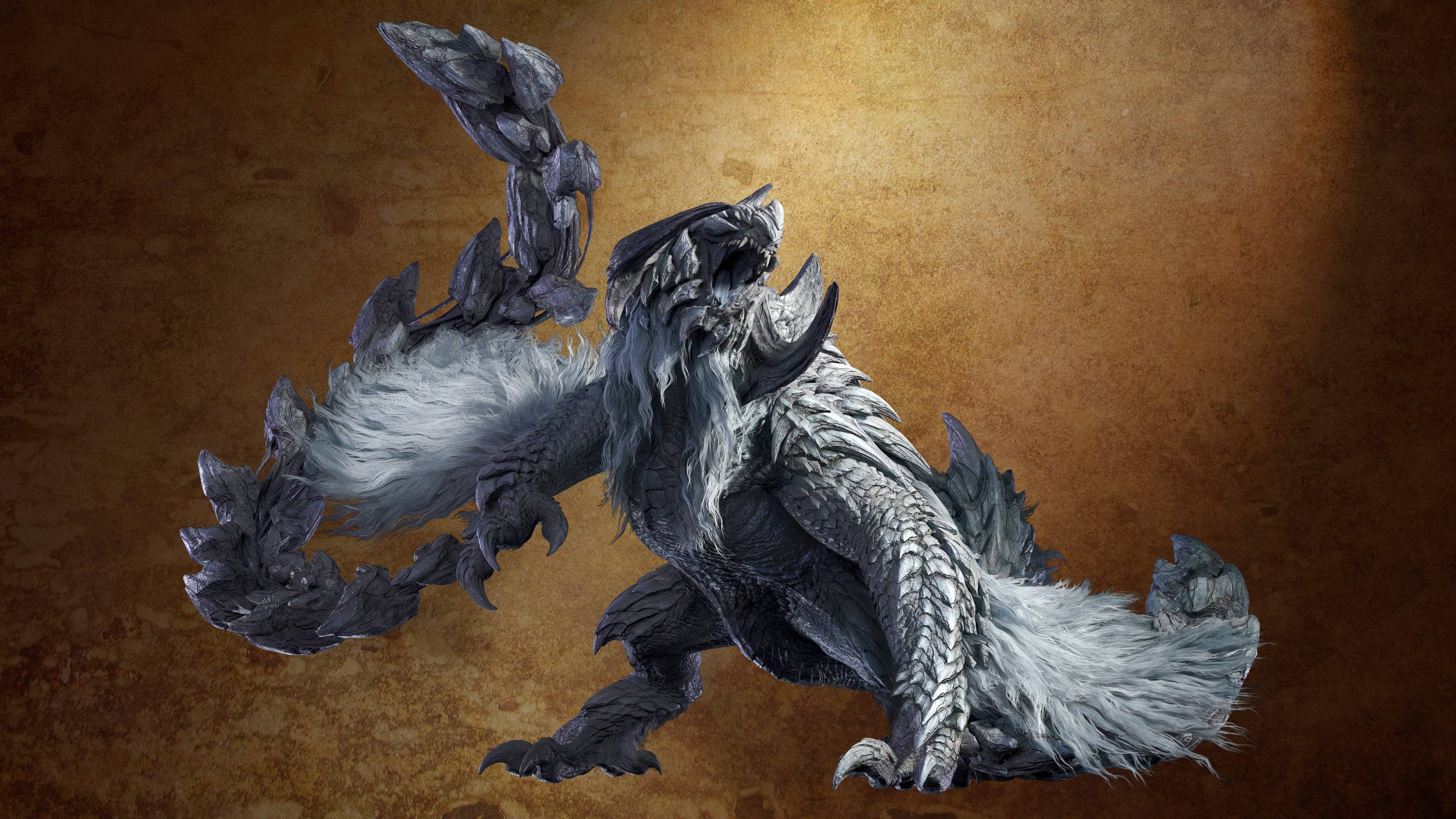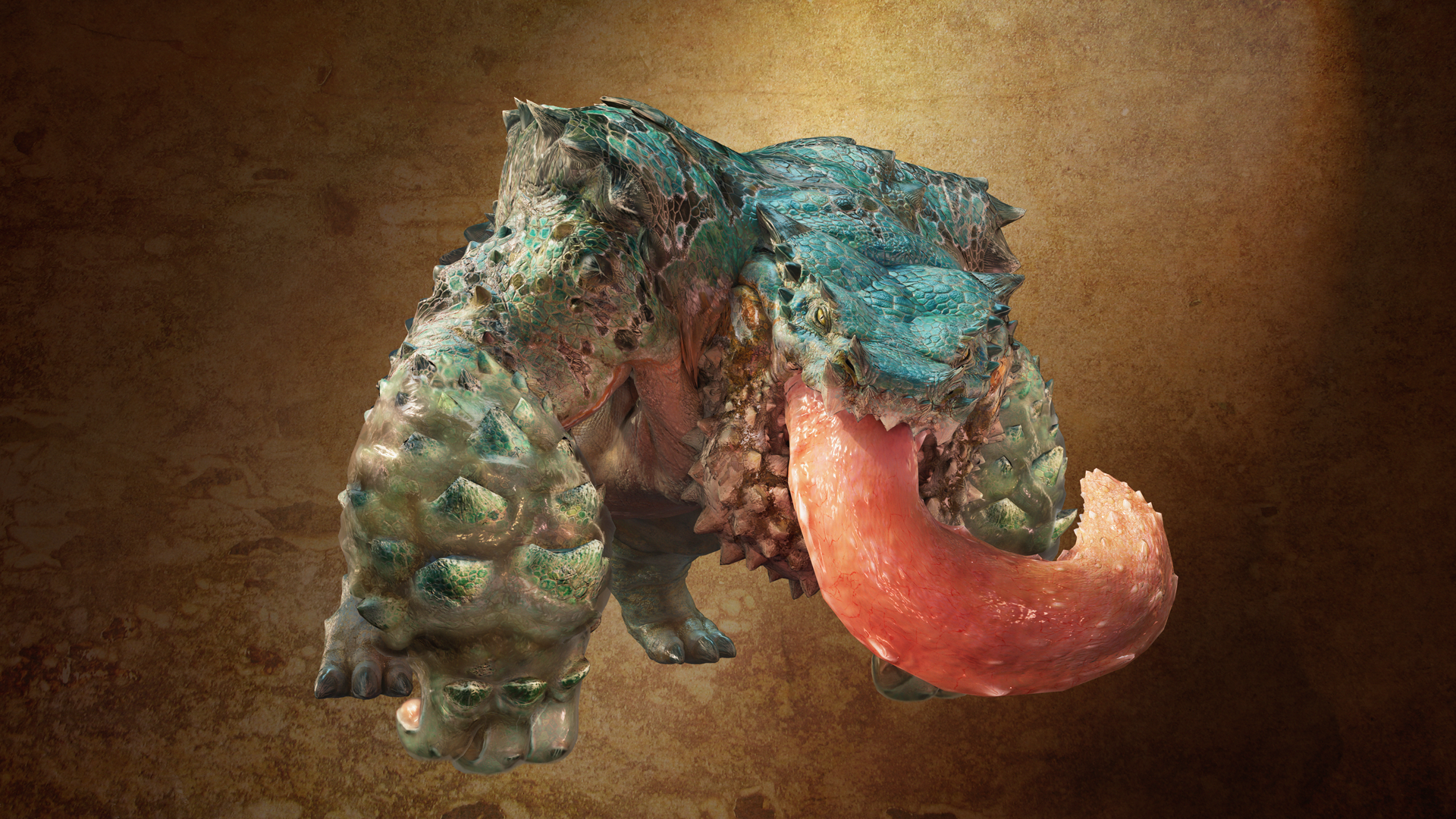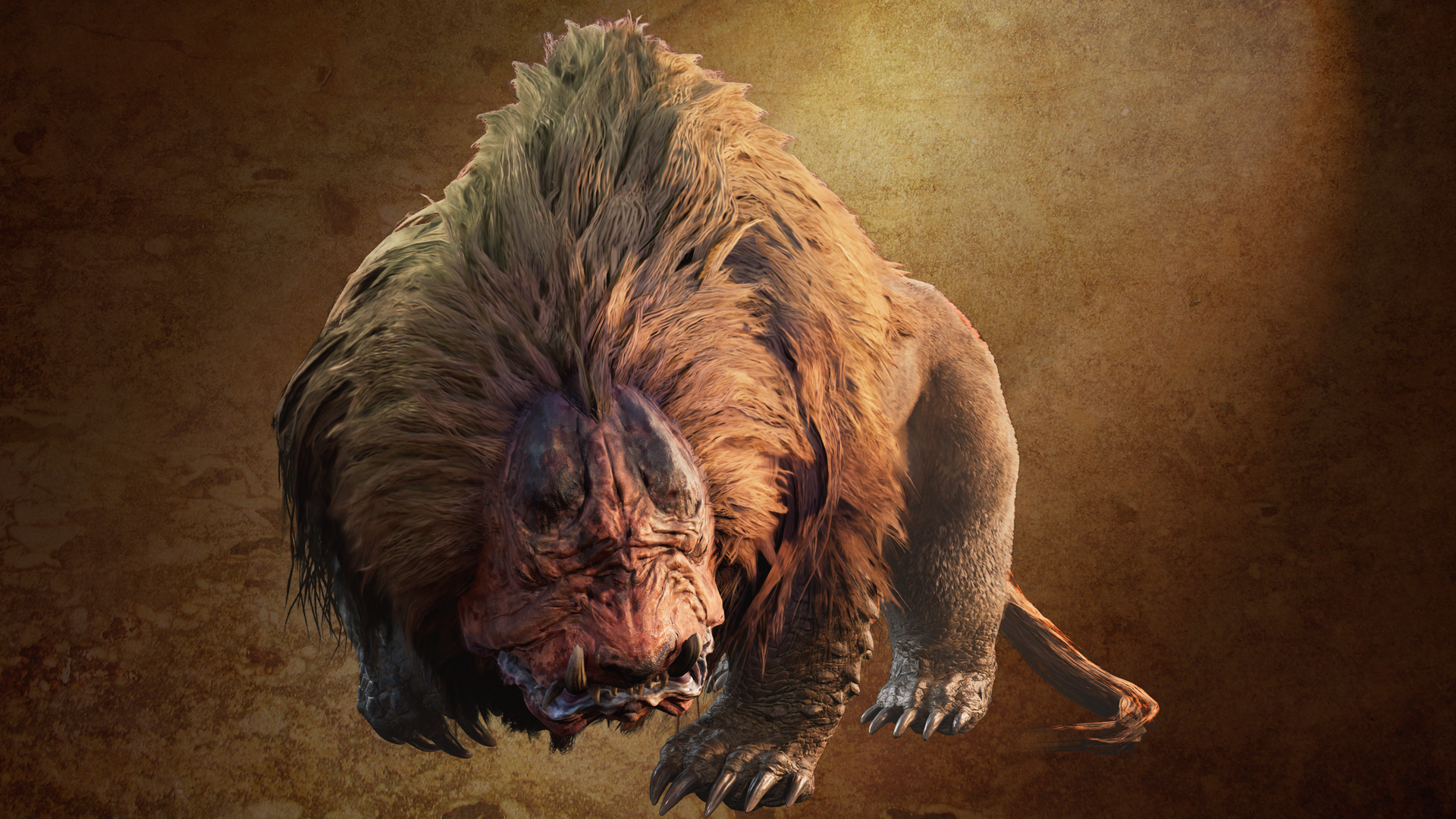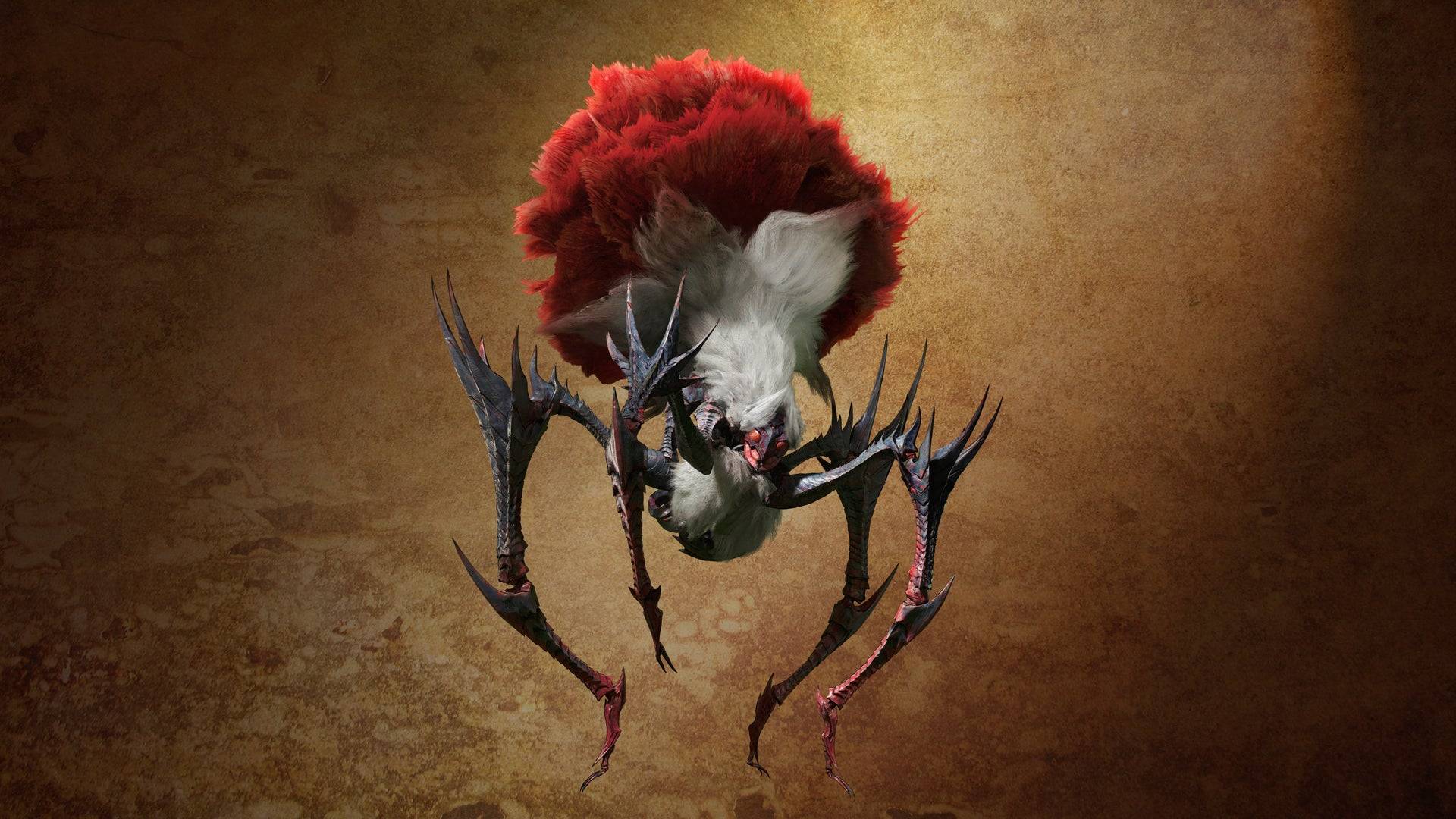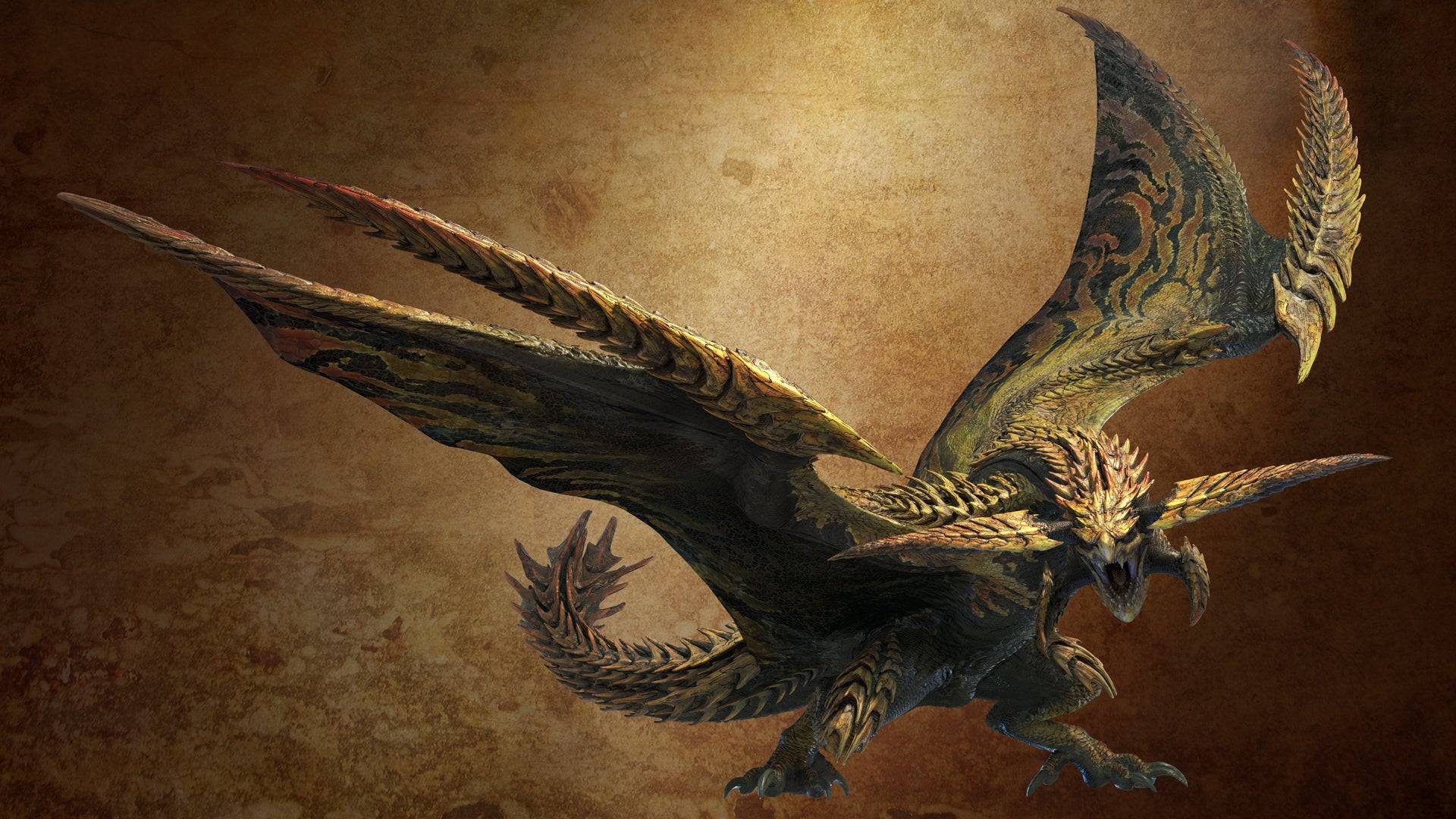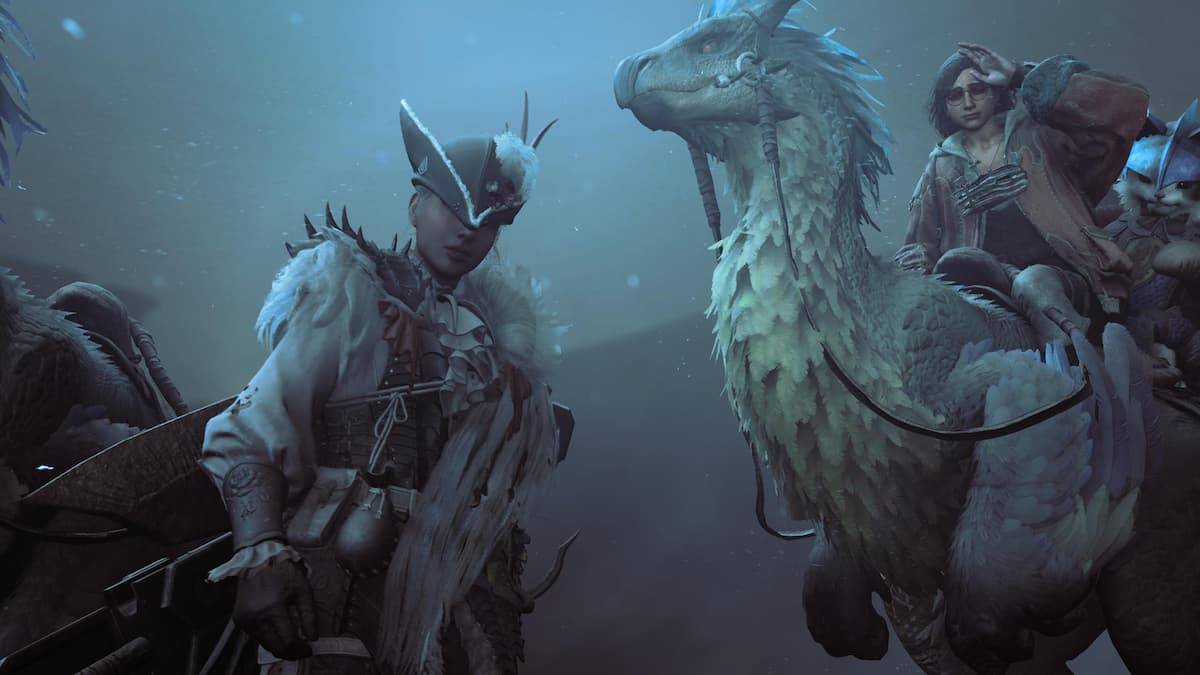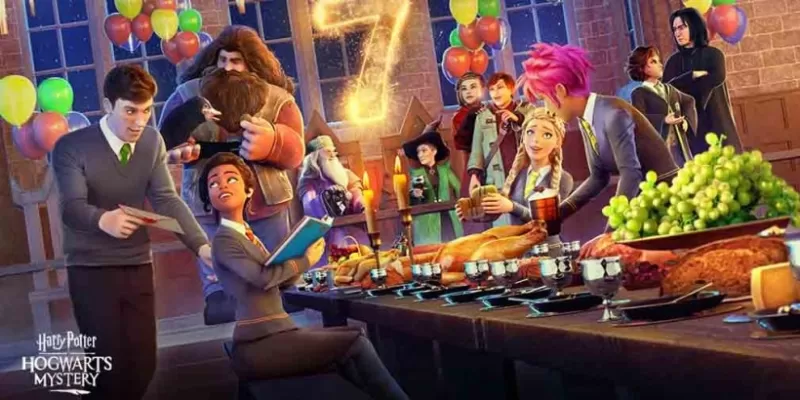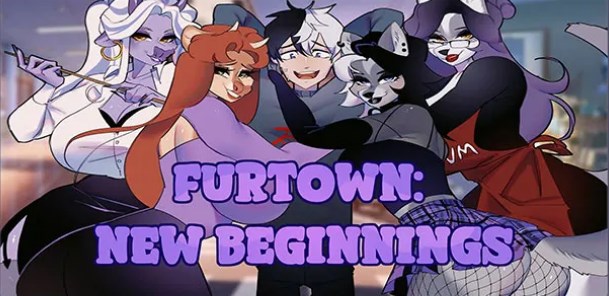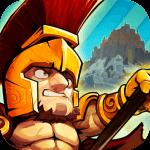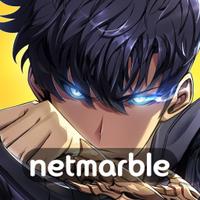Exploring Monster Hunter Wilds' Oilwell Basin: A Deep Dive into its Ecosystem and New Monsters
Monster Hunter Wilds introduces the Oilwell Basin, a unique locale dramatically different from previous environments like the Windward Plains and Scarlet Forest. This fiery, oil-silt covered landscape, described by director Yuya Tokuda, undergoes transformations based on the game's environmental cycles (Fallow, Inclemency, and Plenty). During the Plenty, the burned oilsilt reveals hidden minerals, microorganisms, and ancient artifacts, showcasing a dynamic ecosystem.
Art director Kaname Fujioka highlights the Oilwell Basin's verticality, contrasting with the horizontally expansive previous areas. The environment shifts noticeably between its upper, middle, and lower strata, with sunlight reaching the top and intense heat dominating the lower levels, near lava flows. This verticality influences the creature design, with the lower strata resembling an underwater volcanic ecosystem, mirroring the design philosophy of World's Coral Highlands.
Rompopolo: The Toxic Trickster
Rompopolo, a globular, noxious monster, embodies the Basin's treacherous nature. Fujioka explains its design inspiration: a mad scientist, reflected in its purple hue and glowing red eyes. Despite its toxic nature, the crafted equipment from Rompopolo is surprisingly cute, a playful contrast to its chaotic behavior.
Ajarakan: The Flaming Brawler
Ajarakan, a flame-wreathed gorilla-like monster, stands in stark contrast to Rompopolo. Tokuda notes the design choice of a top-heavy silhouette to enhance its imposing presence, further emphasized by flame-based attacks and wrestling-inspired moves. Fujioka adds that Ajarakan's straightforward strength, initially a design concern, was enhanced with flashy, dynamic animations.
Nu Udra: The Apex Predator
The Oilwell Basin's apex predator, Nu Udra (previously known as "Black Flame"), is an octopus-like creature covered in flammable oil. Its design, inspired by octopuses, is intended to be striking yet ambiguous, with a deliberately unclear facial area. The music accompanying Nu Udra battles incorporates elements of demonic imagery, further enhancing its menacing presence.
The development team's long-held desire to create a tentacled monster, dating back to Monster Hunter Tri, is finally realized in Nu Udra. Its flexible movements, a significant technical challenge, were made possible by advancements in game technology. The detailed animations, including its ability to navigate tight spaces and wrap itself around structures, showcase the team's dedication to detail. Nu Udra's many tentacles, all severable, add a strategic layer to combat, with light-emitting sensory organs indicating its targets. Flash bombs are ineffective against Nu Udra, which relies on sensory organs rather than vision.
Gravios' Return
The Oilwell Basin also features the return of Gravios, last seen in Monster Hunter Generations Ultimate. Its hard, rocky carapace and heat-emitting nature perfectly suit the environment. The team aimed to make Gravios a challenging late-game encounter, requiring hunters to utilize the wound system and part-breaking mechanics to overcome its formidable defenses. Basarios, Gravios' juvenile form, is absent from Wilds, a conscious decision by the development team.
A Testament to Craftsmanship
The Oilwell Basin's design and its inhabitants are a testament to the Monster Hunter team's dedication to creating compelling and memorable monsters. The developers' passion for innovative design and their willingness to push technical boundaries are evident in every aspect of the game, from the dynamic environment to the unique and challenging monsters that inhabit it. The inclusion of both new and returning monsters, each carefully considered for their place within the game's ecosystem, ensures a rich and rewarding hunting experience.
